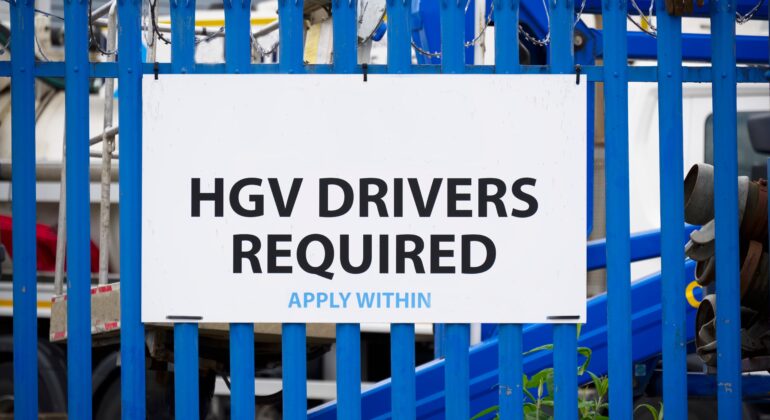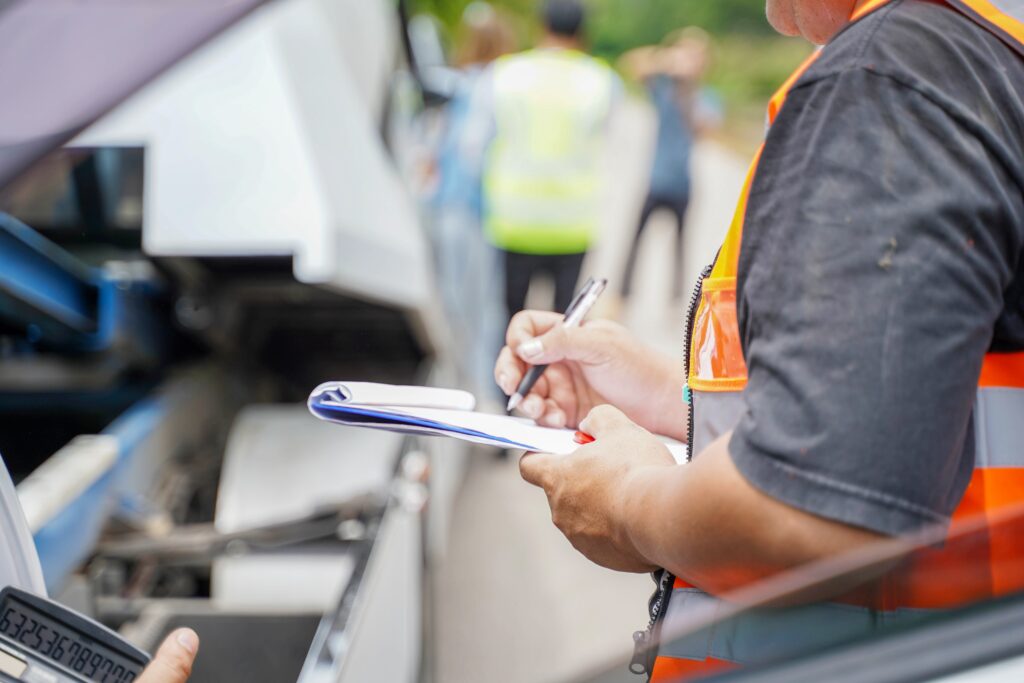If you’ve been considering a job switch in recent months, entering the world of HGV driving could be the career gear shift that you’ve been looking for.
HGV drivers enjoy excellent wages, independence in their role, and the chance to explore areas they may never usually visit – amongst a host of other benefits.
However, some people wishing to become HGV drivers may be deterred because they’re unable to afford HGV training to earn their HGV licence. Or, while they may be able to afford it, paying for the course may cause considerable financial strain they could do without.
This is why funding for HGV training can be a godsend for those desperate to change their situation and enter a new and exciting industry. Funding for HGV training can alleviate the financial pressures felt by so many, allowing them to learn their new trade without constantly worrying about their bank account.
But what funding is available for HGV training? How do people take advantage of free training? Does any of it need to be paid back? And, most importantly, will free HGV training be available forever? Keep reading to have your questions answered on funding for HGV training and reach out to HGV Training Network if you’d like to know more…

Does funding apply to HGV training?
The short answer is yes – there is currently funding available to those seeking to become HGV drivers, earn their HGV licence and certificate of professional competence.
If you are unable to afford HGV training or if paying for HGV training would put you into the red financially, looking into funding for HGV training is a wise move while it is available (more on that in a moment).
Is there government funding for HGV training?
Yes, at the moment, government funding is available to those who wish to become new HGV drivers. But it might not last much longer…
Launched by the government in 2021, HGV skills bootcamps were created to encourage new and young drivers to enter the transport and logistics sector due to the gap created by too many lorry drivers retiring, as well as the losses created by the pandemic and the impacts of Brexit.
These free training courses give new drivers the chance to learn the skills they need to drive heavy goods vehicles competently and professionally, while earning their HGV licence and CPC qualification, so they can apply for real HGV jobs once their training is complete. The government covers the costs involved in the bootcamps, making them an ideal choice for those without the necessary funds to pay for training on their own.
As a result of these bootcamps, thousands of new drivers have entered the fray and significantly reduced the national lack of drivers, allowing companies to hire new drivers quickly and keep the distribution industry in the UK moving at a good pace to the benefit of everyone.
Because of the success of the bootcamps, the government has chosen to extend the initiative on several occasions, giving even more people the chance to become drivers without worrying about the cost.
However, while it is encouraging that the government seems to be in favour of skills bootcamps, there is no evidence they will continue beyond their current run – which is set to end on the 31st of March 2024 at the time of writing. After this time, government-funded HGV skills bootcamps will no longer be available, unless the government chooses to extend the initiative once again.
If it is not renewed, enthusiastic future drivers will need to seek out other sources of funding – including reaching out to distribution companies that offer to cover the cost of training to bring a new driver on board.

What companies pay for HGV training?
If government-funded bootcamps are not available or don’t sound like the solution for you, you could always reach out to transport companies directly or research companies that are willing to fund HGV driver training, in exchange for a job later down the line.
This is a method that seems to work well for a lot of companies – they cover the cost of driver training and, in return, gain a new driver to offer his or her services in a part-time or full-time capacity.
The beauty of this setup is that a driver may have their training funding covered by a company, and work for that company for a set time while being paid, but will still be able to apply their new driving skills to an infinite number of jobs in the future.
The best way to determine which companies will be willing to cover the cost of HGV driver training is to put in some serious research time. A quick Google search will reveal transport and distribution companies in your local area – drop them an email or give them a call to see if they have any HGV driver funding initiatives and are actively seeking drivers. You might strike gold.
Does the funding cover 100% of the training?
In the case of the government-funded skills bootcamps, the government covers the entire cost of the HGV driver training, making it a very attractive choice for those looking to save a few pennies.
When it comes to companies offering HGV training funding in exchange for a work contract, many of them do cover the entire cost – though this is down to each company.
If you reach out to a company to discuss their funding options, be sure to check whether they’re willing to cover the entire cost. But as long as you find an agreement that suits your needs, you’ll be on a good footing to become an HGV driver.

Who is eligible for HGV training funding?
As long as you are over the age of 19 and have a full UK driving licence (cat B), you are eligible to apply for HGV training via a government-funded skills bootcamp.
You may also be eligible for a skills bootcamp if you have recently become unemployed and are actively looking to get back into work – some bootcamps have been specifically aimed at those who are out of work and want to boost their skills to secure more jobs in the future.
In terms of private funding from companies, they may set their own parameters as to who is eligible for funding, so be sure to discuss this with them when you first speak to make sure you qualify.
Do you have to be a UK citizen for funding to apply?
Yes, to secure government funding for a skills bootcamp, you will need to be a UK citizen.
It is also highly likely that you will need to be a UK citizen to secure funded training with a company, but again, they will have their own parameters which should be discussed.
Do you have to pay back any funding for HGV training?
The beauty of the government-funded skills bootcamps for HGV training is that the entire cost is covered by the state – meaning you won’t need to pay back a penny.
Depending on the specifics of the deal you reach with a private company – should you go down this route – you may need to pay back the cost of some or all of the training over time. But many of them offer to cover the cost of the training in full to secure your services.

How to apply for HGV funding?
To apply for a government-funded HGV skills bootcamp before they expire in March 2024, you can search the official directory of skills bootcamp providers on the government website here.
These training providers are filtered by location, making it easy to find a skills bootcamp near you.
Is it better to do HGV training on funding or personal finance?
The answer to this question is down to your personal circumstances.
For many, the option to receive funding to cover the cost of HGV training can be a massive help, allowing them to focus on their studies safely in the knowledge they are financially stable.
Having said that, if you’re able to afford to fund your own HGV training and would rather avoid the rigmarole of applying for funding – or rushing to meet the March 2024 deadline – privately funding your HGV studies is a valid option chosen by many.
Alternatively, at HGV Training Network, we’re home to an attractive finance package which will allow you to pay for your HGV training in more manageable chunks, rather than a single lump sum.
If you’d like to know more about our finance packages, or our driving courses, feel free to get in touch with us today to take the first step on becoming a fully-fledged HGV driver.


















